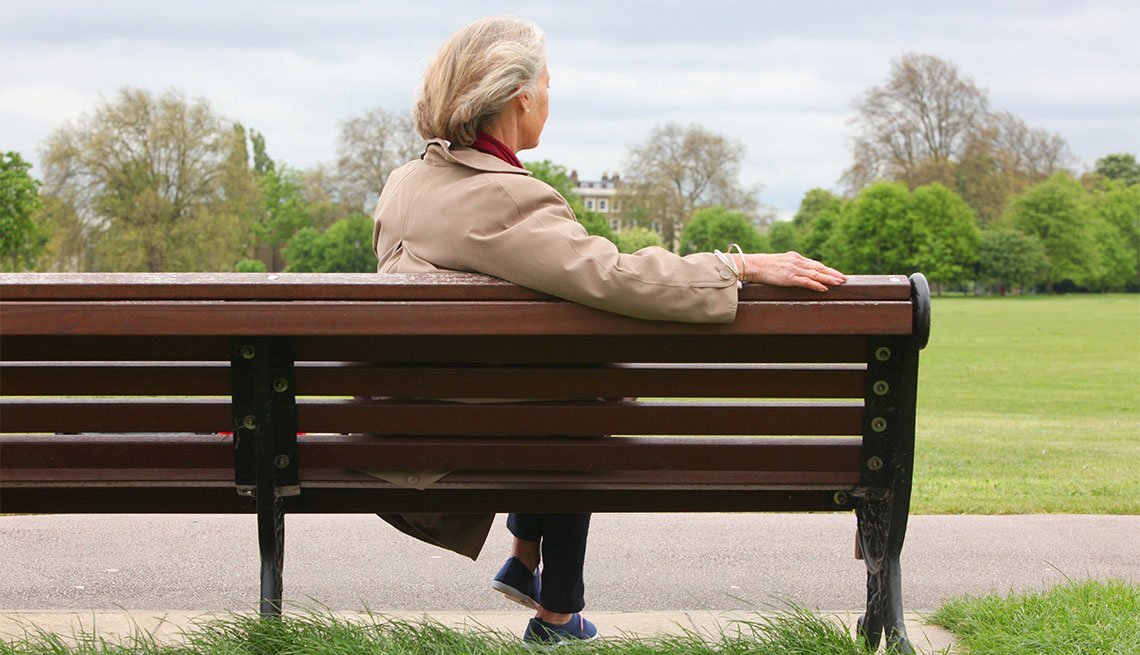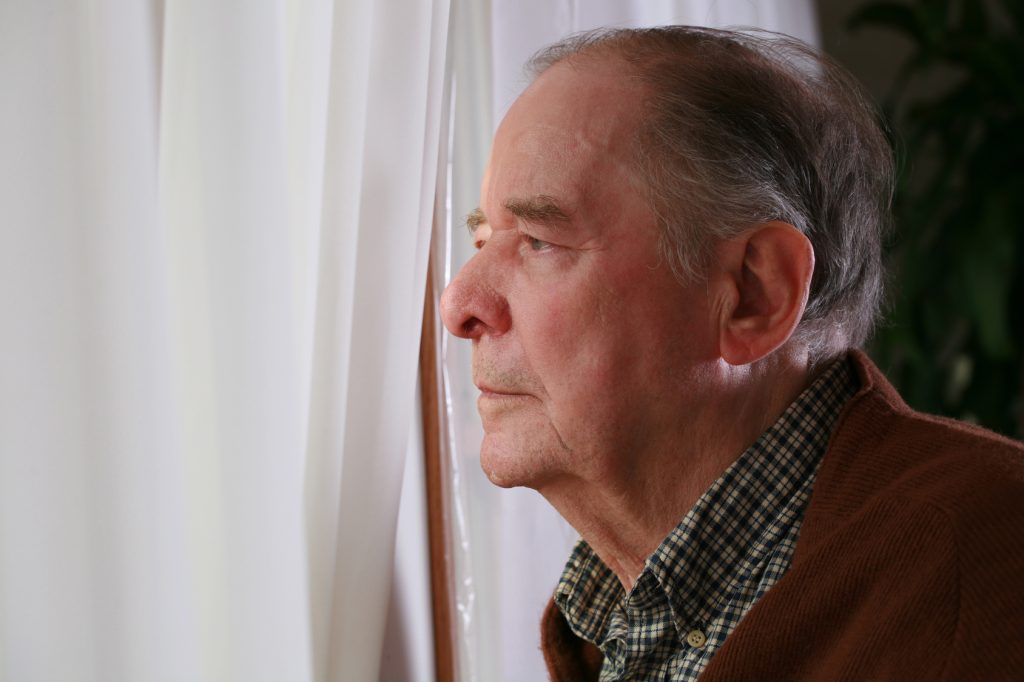
Understanding Social Isolation and Its Impact On Older Adults is important to addressing the challenges associated with older adults’ social and physical isolation. It’s important to engage community members in discussions that start as informal exchanges and progress into structured meetings. One way to begin the conversation is to organize a social event, such as a community idea exchange. Social Isolation and Its Impact on Older Adults: Ideas Exchange Event Toolkit provides templates for ideas exchange events and sample tools and resources to build enduring community partnerships.
Social distancing
In this study, we examined the lived experiences of older people who were forced to live alone in an epidemic-related community. We used research wilmacliving.com and a longitudinal design to examine participant experiences over time and explore how these individuals came to understand the restrictions placed on them. We also explored how social distancing affected participants’ understanding of the disease and the resulting restrictions. The study also revealed the social and emotional consequences of living alone in the community.
This epidemic may make loneliness more severe in older adults living alone. Social isolation may also make it difficult for the elderly to interact with visitors, especially those living in nursing homes. While COVID-19 has affected some nursing homes, many are heeding CDC recommendations to restrict visitor visits. In the last year, one in four people visited a person in a nursing home. However, mandated social isolation measures may prevent these in-person visits.

Transportation challenges
Understanding social isolation and its impact on older adults can help prevent loneliness and increase mobility. In fact, nearly 40% of seniors believe transportation in their community is inadequate. As people age, they may lose the ability to drive, making transportation an especially important issue. As a result, seniors who lack transportation are more likely to feel isolated. Transportation benefits from Medicare Advantage programs can help improve mobility and address social isolation. But what can older adults do to make use of these benefits?
While the number of people in a community may be increasing, the number of transportation options in an area is shrinking. While there are plenty of public transportation options available in larger cities, rural communities are more difficult to access. The lack of public transportation and private cars puts older people at greater risk of isolation and ill health. Besides limiting mobility, older people also face physical and social challenges, such as reduced physical ability. In addition, missing appointments can affect their health.
Housing challenges
In addition to low incomes, social isolation among older people is a major cause of decreased health. Oftentimes, older households lack access to transportation and are geographically isolated. Additionally, the cost of housing in rural and low-density areas is much lower than in urban areas, making it difficult for older adults to find suitable housing. And, because these communities tend to lack access to services, older residents may find it difficult to maintain their homes, which further compounds their social isolation.

The National Institute on Aging and Social Inclusion (OASIS) has conducted research to better understand the issues facing older adults. The institute, funded by the AARP Foundation, is dedicated to increasing the public’s understanding of social isolation among older adults. Their research team collaborated with the Friedman Center for Aging at Washington University, St. Louis, to determine the extent of social isolation among seniors living in senior housing communities.
Homebound status at baseline
The National Health and Aging Trends Study, a cross-sectional study of Medicare beneficiaries, reveals the association between homebound status and a wide range of negative health outcomes. Older adults classified as homebound have significantly lower access to medical care, higher mortality, and functional limitations. They may be at increased risk of dementia and comorbidities. However, it is unclear whether socioeconomic factors influence the development of new homebound status in older adults.
Although the study results suggest that the proportion of homebound long-term care recipients increases annually, they show that this status is not necessarily a sign of poor health. For example, 50% of the cohort was homebound at their first assessment. Homebound status persisted or developed again in 24% of subsequent assessments. Homebound status was associated with a greater need for help with locomotion, older age, and female sex over time.

Face-to-face interventions
Various factors may contribute to the problem of social isolation in older adults. To understand how to improve the quality of life of this population, social workers should first identify the reasons for social isolation. They should then design interventions that will help older adults adapt to their situation. Face-to-face interventions for understanding social isolation and its impact on older adults should be culturally sensitive. This article discusses some of the main reasons for social isolation and its impact on older adults.
A study on older adults found that those who are socially isolated are at increased risk of poor physical and mental health. These individuals also face predisposing factors like loss of family and friends, physical inactivity, and chronic illnesses. Social isolation and loneliness are both common conditions for older adults, but the degree of isolation depends on the individual. In face-to-face interventions, the participant is scheduled a one-on-one interaction with a volunteer from their social circle.
Digital interventions
In this systematic review, we describe the different approaches and evidence available to understand social isolation and loneliness among older adults. The research clearly demonstrates that social isolation and loneliness have detrimental effects on the physical and mental well-being of older adults. They may also increase their risk of poor health and premature death. The increasing population ageing population and COVID-19 restriction of social networks are likely contributing factors for the growing demand for digital interventions.
The impact of social isolation on older adults’ health has become one of the top priorities of the World Health Organization’s Decade of Healthy Ageing. In response to the COVID-19 pandemic, the World Health Organization prioritized loneliness and social isolation as a public health issue. There is an increasing body of evidence demonstrating that social isolation affects older adults’ physical and emotional health. To better understand the extent of loneliness and social isolation among older adults, a new approach must be developed.


